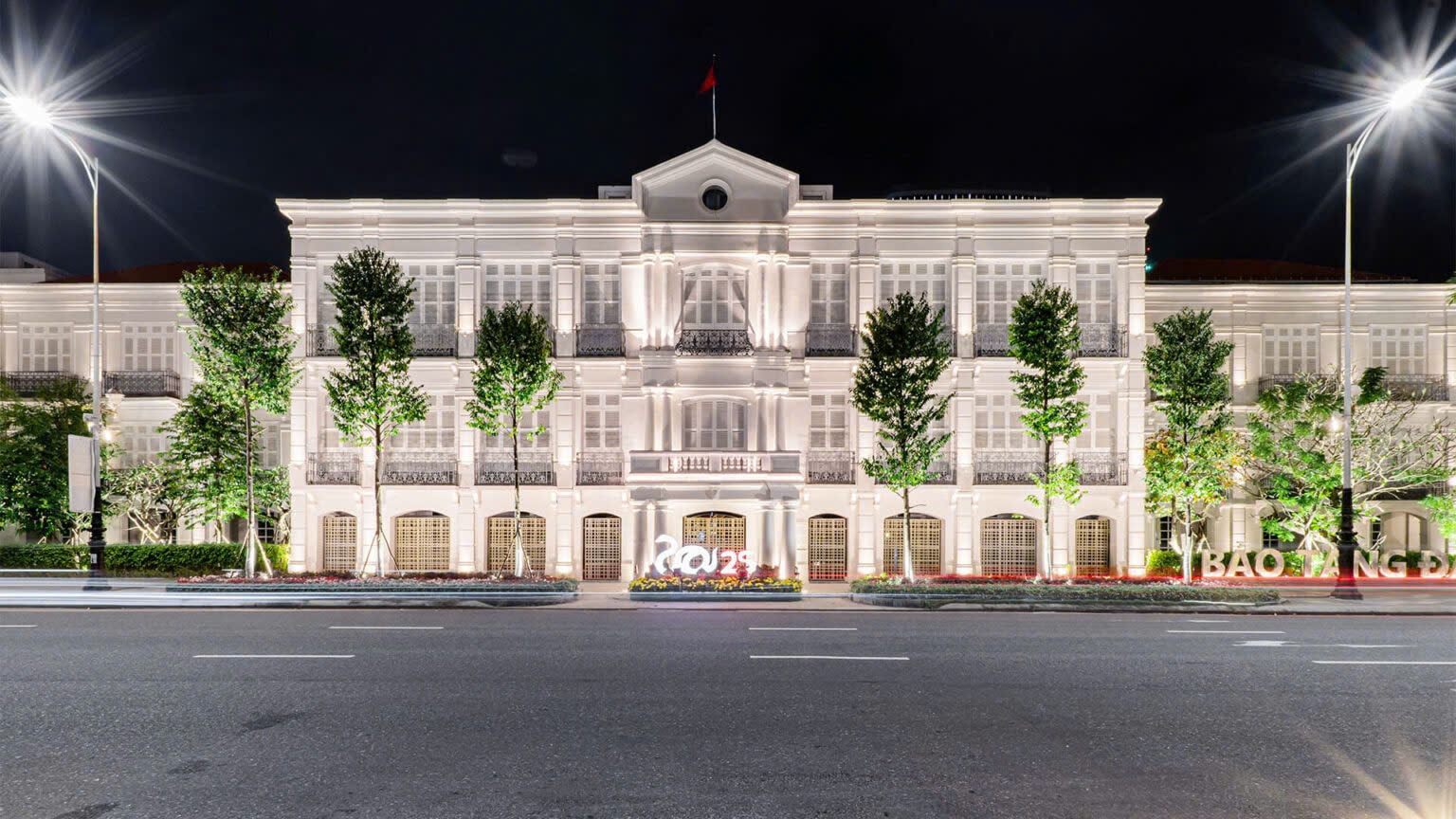
Today, Da Nang is larger, more crowded, and has more opportunities, but along with the advantages comes the challenge of how to develop the city while still preserving its identity, memories, and cultural breath that have nurtured it throughout history.
That story is not only in planning, in new buildings, but also in the way people behave, meet, share and preserve the living space around them.
Culture is not something far away, it is present directly and in detail in human life. It is as simple as saying thank you, giving way with a glance, keeping quiet in public, putting the chair back neatly after leaving the shop, or keeping the street you pass by clean…
And a civilized city is not measured by the height of its buildings, but by the way its people treat each other and the space around them. Sometimes, just by slowing down, we can hear the breath of culture in every row of trees, street corner, and old tiled roof.
During the process of restructuring the two-level government apparatus, many old administrative headquarters have become deserted. If we only consider them as assets that need to be liquidated, it will be a great waste, because inside each room, each brick still retains the memories of the community - where many meetings and many stories of a development period took place.
Now, as Da Nang is looking for ways to renew itself, those buildings can enter a new life cycle - closer and more connected to the people. Effectively using former public buildings is a practical demand and a great concern of the people.
According to statistics, the whole city currently has more than 1,600 offices and public facilities. After the merger, only a part will need to be reused, the rest will be surplus real estate.
The city government has implemented a review and handling of vacant headquarters after the merger, avoiding waste of public assets and taking advantage of some favorable locations to develop public spaces. This opens up opportunities for buildings that used to be administrative headquarters to be "reborn" into spaces serving the community.
And Da Nang can absolutely pioneer in that direction - by turning a part of the surplus headquarters campus into friendly community living spaces, where the elderly can walk around, children have a place to play, and young people have a creative space; a space for clean restrooms, civilized garbage collection and treatment points, and neat parking lots for residential areas.
These seemingly small conveniences are the measure of urban culture. A livable city starts from clean corners, from friendly resting places, from where people feel respected and also learn to respect others.
The city has been a leader in the country with the “Comfort as Home (CAH)” program, when many hotels and restaurants voluntarily opened their restrooms for free use by residents and tourists. This spirit, if spread in new public spaces, will contribute to creating the image of a “livable” city not only in slogans, but also in daily experiences.
The State has clear regulations for localities to proactively reuse surplus headquarters, serving the interests of the community and culture. But what is more important is not the documents, but the vision of each locality, daring to see in old buildings a new opportunity for life, instead of just a burden waiting to be resolved.
Also in the spirit of "Public and private cooperation to build a strong and prosperous nation" that the Government is calling for, reviving and re-operating public, cultural and creative spaces from the old headquarters is also a concrete demonstration at the local level.
When the State creates mechanisms and opens the way; the private sector, businesses and the community work together to operate, invest and preserve - then those seemingly "surplus" spaces become the connection point between the public and the private sector, between the government and the people, between memory and the future. That is the way for the spirit of "joint nation building" to enter life, not only in large forums, but in every street corner, rooftop, park, and small yard of a city that is changing every day.
An old wall, if kept in its proper place; a courtyard, if covered with trees; an old meeting room, if opened to the community – all can become pieces of a cultural urban area. Because sometimes, the way we renew the old is also the way we talk to ourselves – to the memory of a livable city.
Source: https://baodanang.vn/tru-so-cu-khong-gian-moi-3306713.html


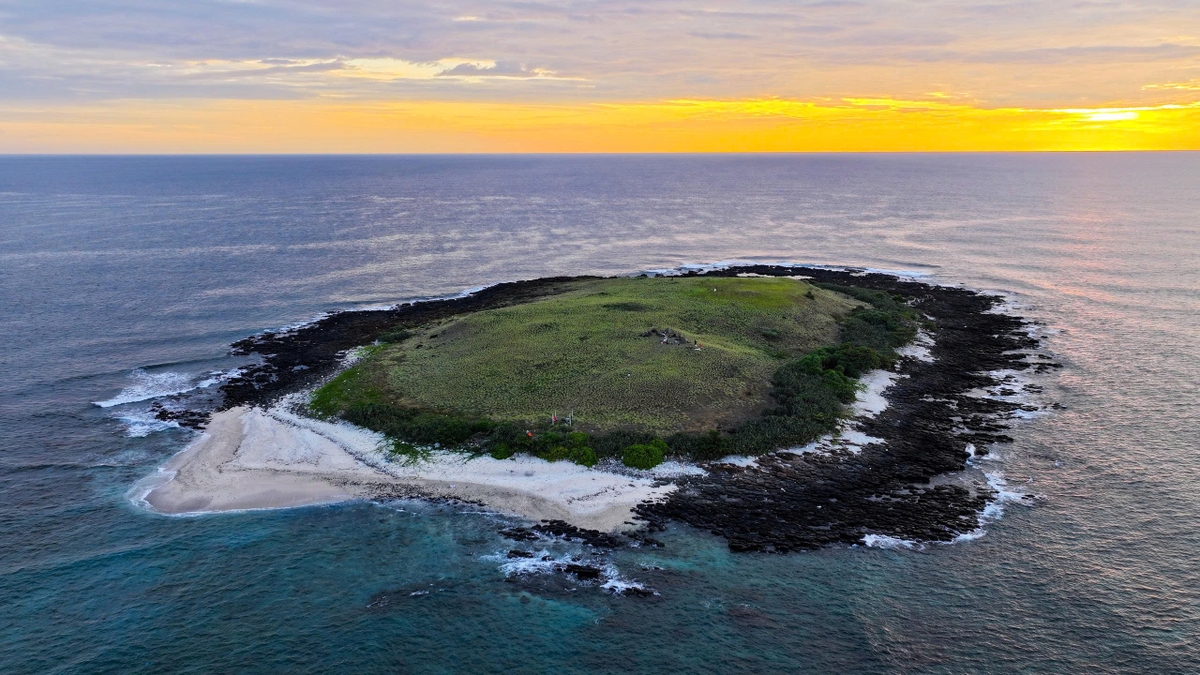










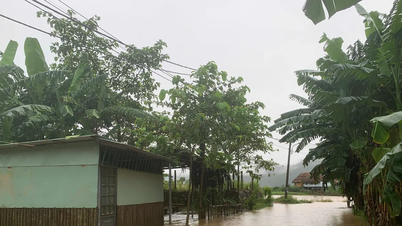

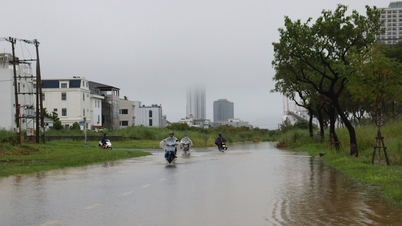
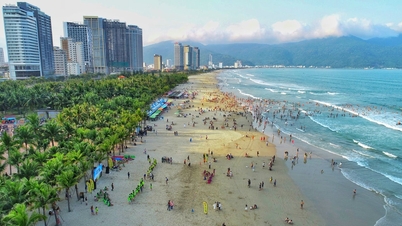
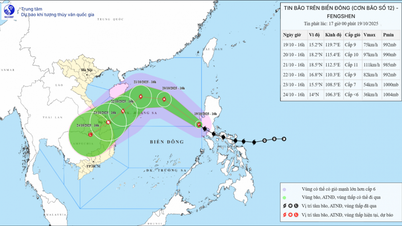



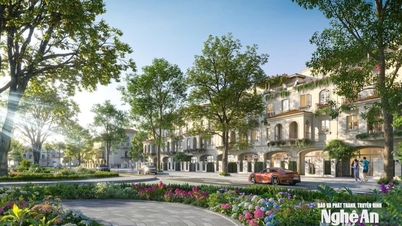

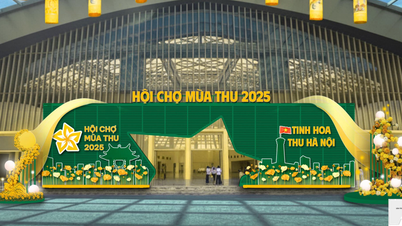

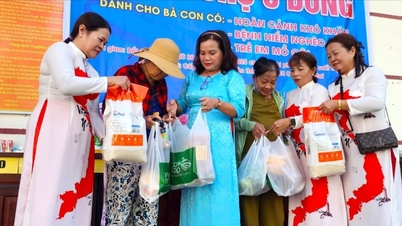





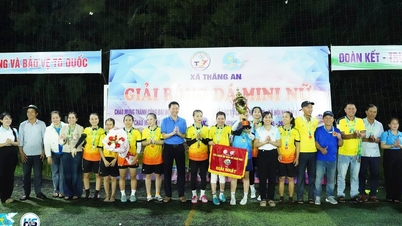
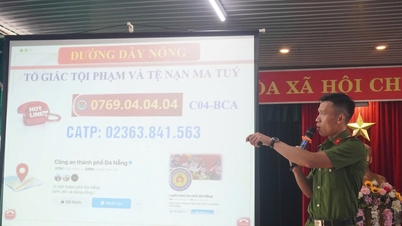
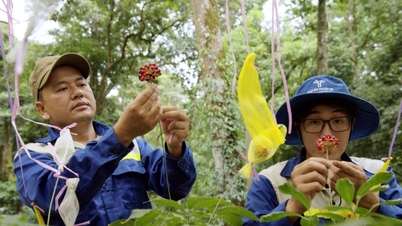
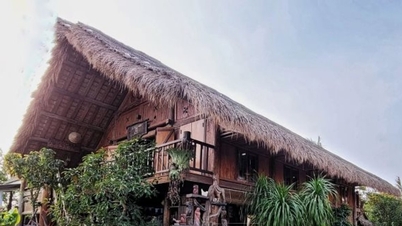
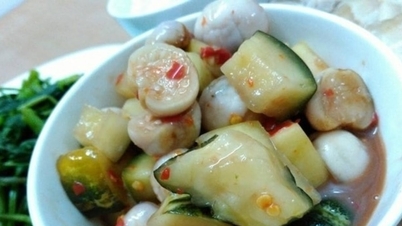
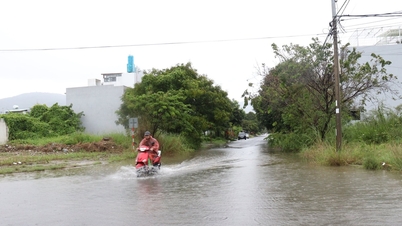
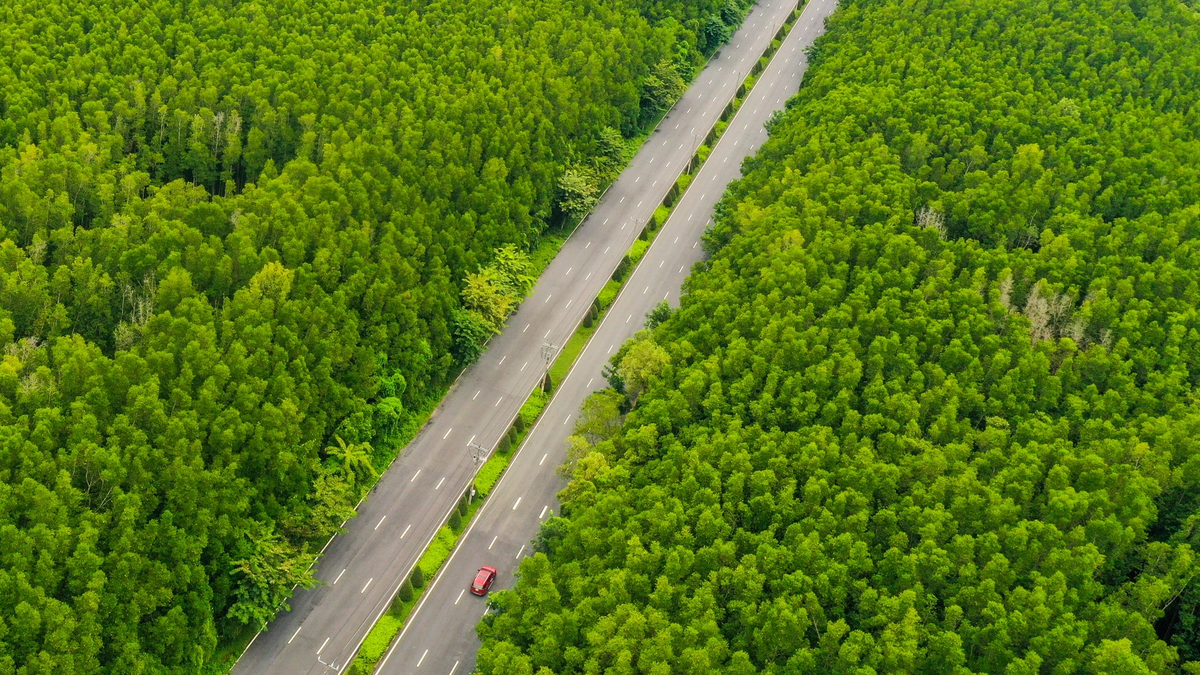
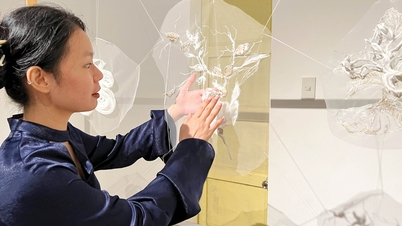

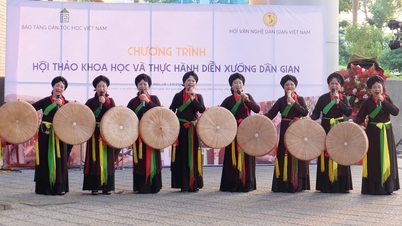



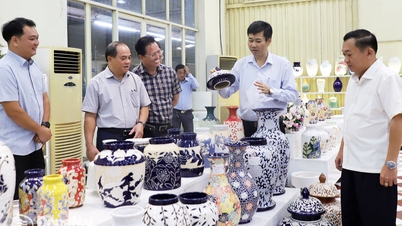







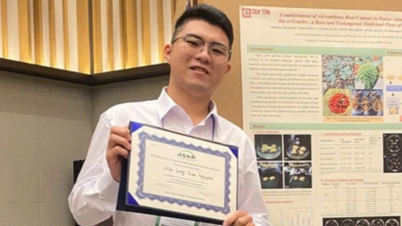


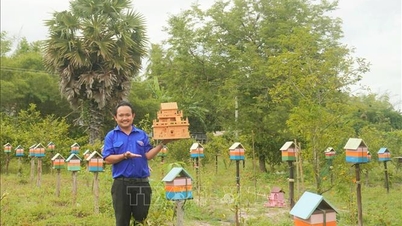




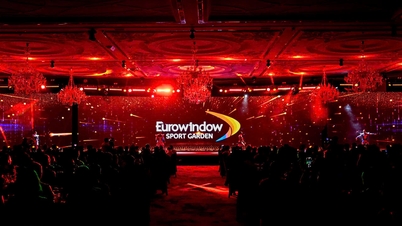











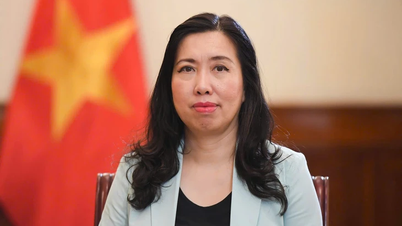

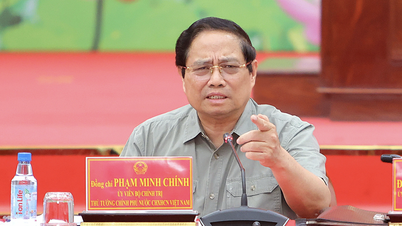




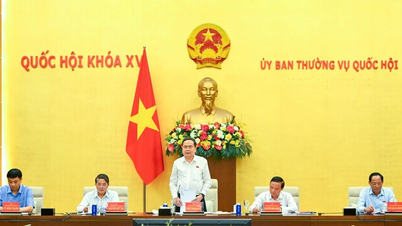





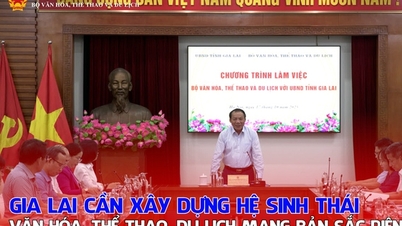




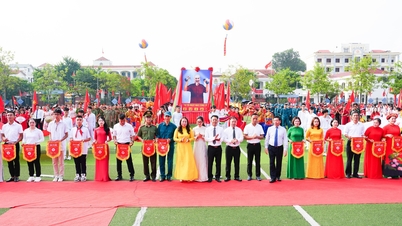
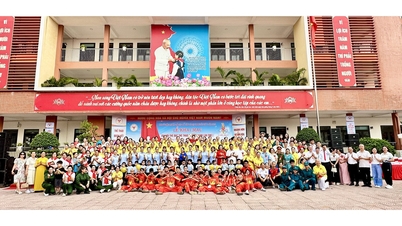

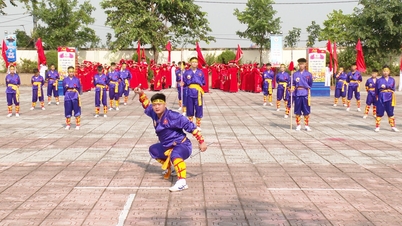










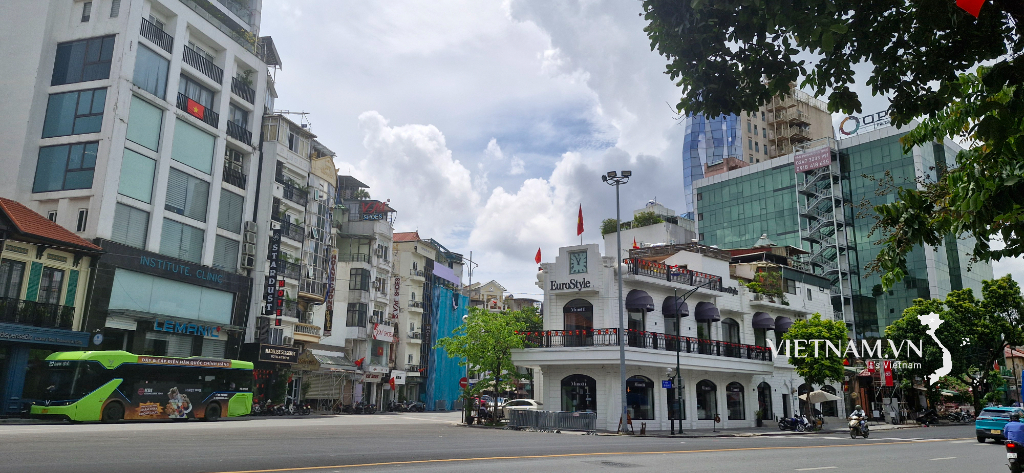



Comment (0)